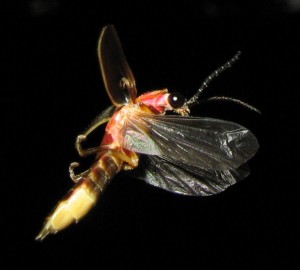The unprecedented effort to conserve greater sage-grouse and sagebrush habitat is a complicated process that encompasses 11 states, six federal agencies and numerous non-governmental groups. To help journalists, stakeholders and the interested public stay informed about this effort, the U.S. Fish and Wildlife Service has built a new greater sage-grouse website and assigned three public affairs officers to lead the agency’s communication’s effort.
The new website,http://www.fws.gov/greaterSageGrouse, is one way the Service hopes to better communicate the breadth of the ongoing conservation actions underway to support greater sage-grouse and the sagebrush habitat the bird and 350 other species need. The new site aggregates the on-line information resources that were once found on the Mountain-Prairie, Pacific Northwest and Pacific Southwest agency websites, providing original stories, photos and images for non-commercial reproduction.
The Service recognizes that it is one player in this broad landscape of conservation partners. Our goals are to highlight the effective work that is being done at the federal, state, NGO and even the individual level, to direct visitors to our sage-grouse conservation partners and to ensure the public understands the Service’s role under the ESA as the September 2015 listing deadline approaches.

Greater sage-grouse photo from http://en.wikipedia.org/wiki/Greater_sage-grouse
The Service has also assembled a team of public affairs specialists to answer questions about greater sage-grouse conservation from journalists and others. Members of the media who are working on stories about this issue are encouraged to contact the members of the team for assistance.
Theo Stein [email protected] joined Mountain-Prairie Region’s External Affairs team from the State of Colorado, where he served as Manager of the External Relations section for ColoradoParks and Wildlife and Communications Director for the Colorado Department of Natural Resources. In addition, Theo brings insights learned during a 17-year career as a journalist, including five years as the Denver Post Environment reporter. He will be the point of contact on both greater sage-grouse and Gunnison sage-grouse.
In the Pacific Northwest Region, Portland-based Public Affairs Officer Brent Lawrence,[email protected], is available to field inquiries originating from Washington, Idaho and Oregon.
In the Pacific Southwest Region, Nevada State Director Ted Koch,[email protected], will be available as the point of contact for inquiries from Nevada and California.


